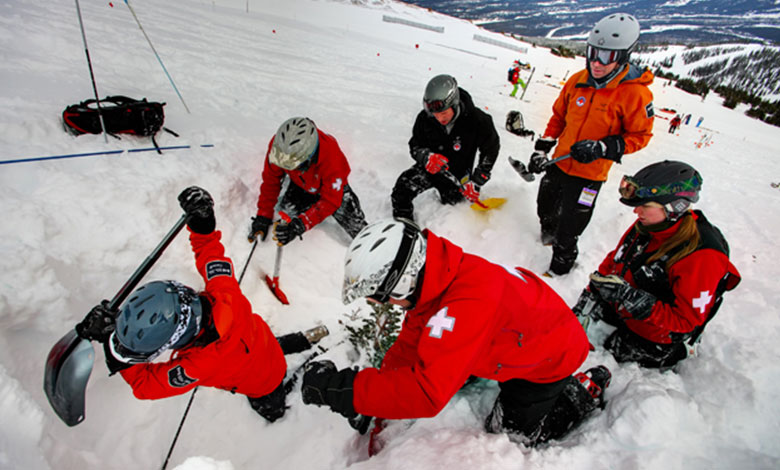Accidents don’t happen often, but we also need to know how to prevent and deal with them. Winter outdoor sports are widely loved by people. In the cold winter, what should you do if you encounter hypothermia? Can the recently emerged Air-activated Heat Blanket really effectively alleviate hypothermia? Of course the answer is Yes.
Yes, an air-activated heat blanket can work effectively to help treat people with hypothermia, but it needs to be used properly and as part of a broader treatment strategy. Here’s why and how it works:
How Air-Activated Heat Blankets Work:
- Heat Generation:
- Chemical Reaction: Air-activated heat blankets contain materials like iron powder, salt, activated charcoal, and vermiculite. When exposed to air, these components undergo an exothermic reaction (oxidation of iron) that generates heat.
- Consistent Warmth: These blankets provide consistent and controlled warmth, which is crucial for gradually raising the body temperature of a hypothermic person.
- Heat Retention:
- Insulation: The design of the blankets helps to retain the generated heat close to the body, providing effective insulation against further heat loss.
- Even Heat Distribution: The heat is often evenly distributed across the blanket, ensuring that the entire body receives warmth.

Why They Are Effective for Hypothermia:
1. Gradual Rewarming:
- Preventing Shock: Rapid rewarming can cause shock, leading to dangerous heart rhythms or other complications. Air-activated heat blankets provide a steady and controlled source of heat, which is safer for gradual rewarming.
- Core Temperature: The gradual warming helps in slowly raising the core body temperature without causing peripheral vasodilation (sudden dilation of blood vessels), which can lead to a drop in blood pressure and cardiovascular issues.
2. Portability and Ease of Use:
- Immediate Availability: These blankets are portable and easy to activate, making them ideal for emergency situations, especially in outdoor settings where hypothermia might occur.
- No External Power: They do not require electricity or batteries, which makes them reliable in various situations, including power outages or remote locations.
3. Safety:
- Temperature Control: The blankets are designed to reach and maintain a safe temperature range, reducing the risk of burns and other heat-related injuries.
- Non-Invasive: They can be used without the need for invasive procedures, making them suitable for first responders and non-medical personnel.
Best Practices for Using Air-Activated Heat Blankets:
1. Remove Wet Clothing: Before applying the blanket, remove any wet clothing from the person to prevent further heat loss and enhance the effectiveness of the warming process.
2. Insulate Further: Use additional blankets or clothing to insulate the person, maximizing heat retention.
3. Monitor Closely: Continuously monitor the person’s condition, looking for signs of improvement or deterioration. Ensure they are not overheating, as this can cause other complications.
4. Seek Medical Help: Always seek professional medical help as soon as possible, as hypothermia can have serious delayed effects and requires comprehensive medical treatment.
Limitations:
While air-activated heat blankets are effective, they should not be the sole treatment for severe hypothermia. They are best used as part of a comprehensive hypothermia treatment strategy that includes professional medical care, proper rewarming techniques, and close monitoring.

In summary, air-activated heat blankets are effective tools for treating hypothermia due to their ability to generate consistent, controlled heat and their portability and ease of use. They provide a crucial first aid measure to gradually warm a hypothermic person and help prevent further heat loss until professional medical care can be administered.


